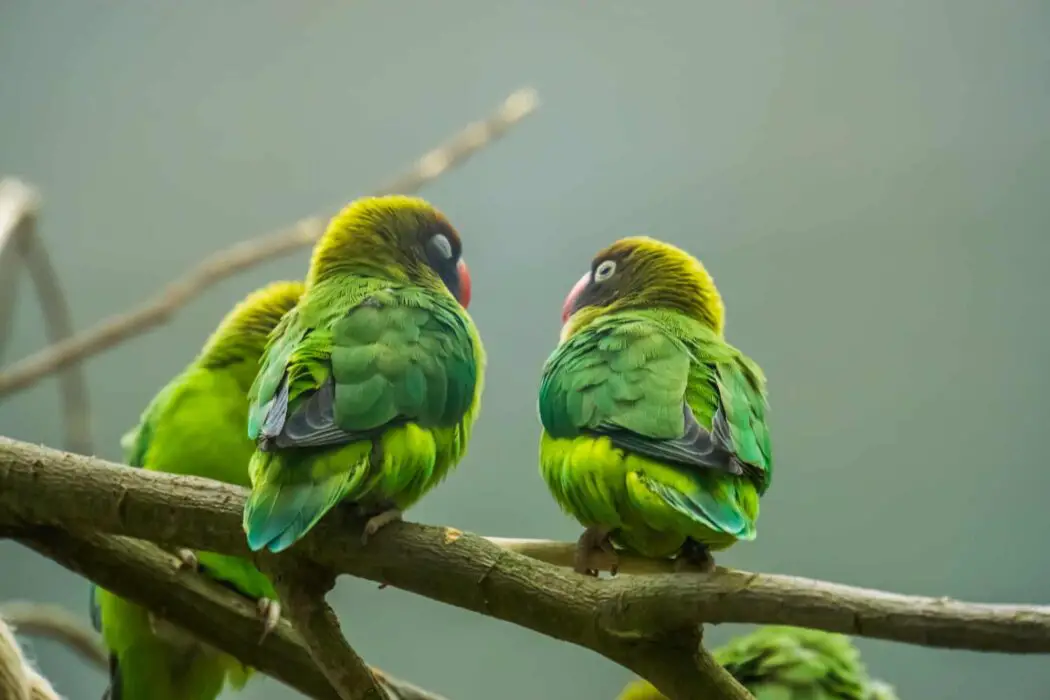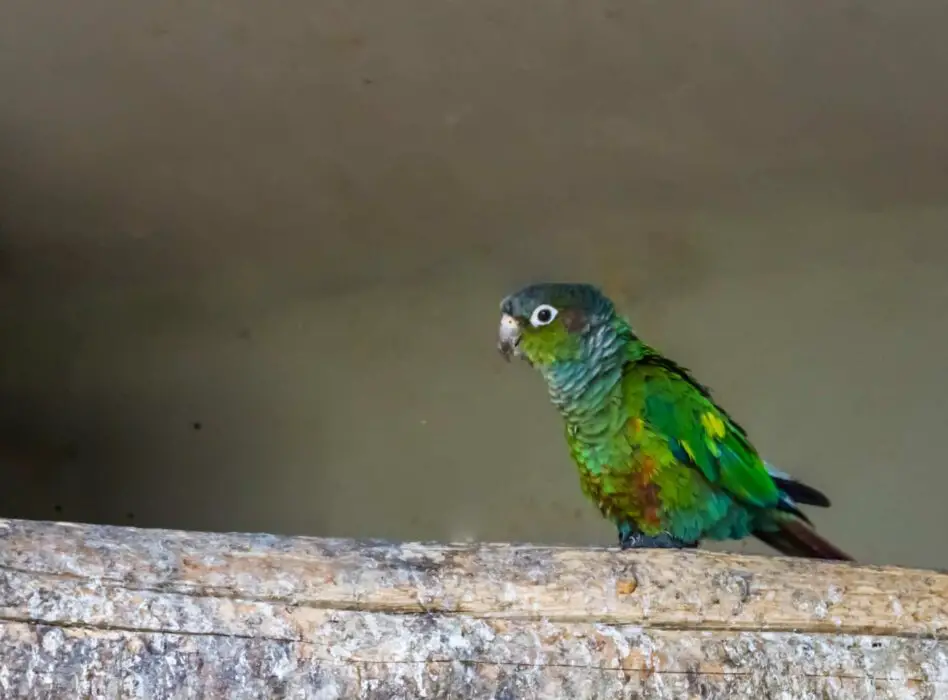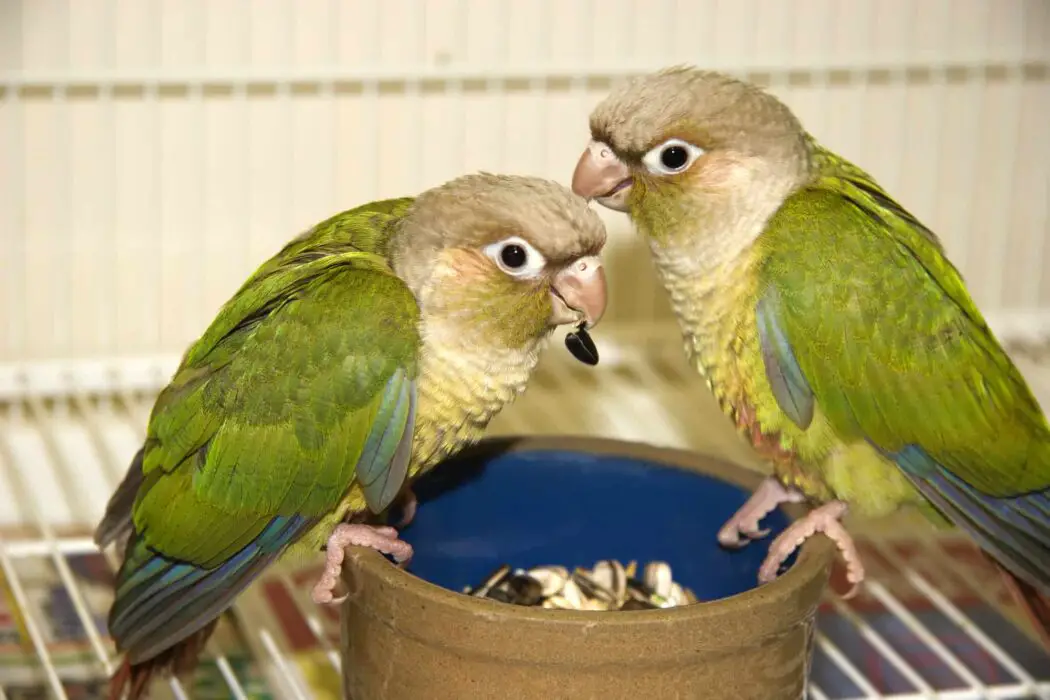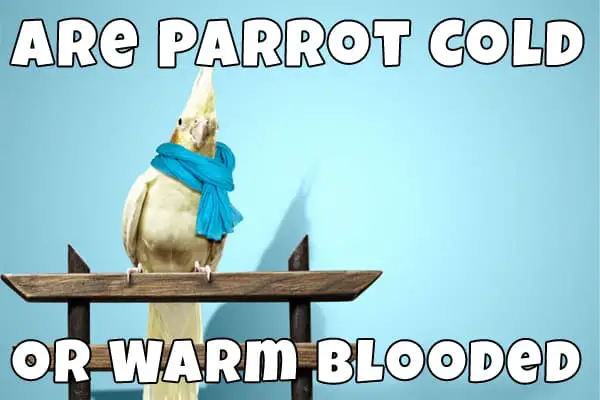In the present day, it’s pretty easy to have a great pet. Pet shops offer a wide variety of animals brought next to you from their far away habitats.
Same works for parrots. So if you are a happy parrot owner, you may be wondering from where your pet bird has come to your house?
After my research which I’ve done just out of my curiosity and lots of free time and thanks to Google – I can confirm that green cheek conures are from South America, Paraguay, Brazil, and Bolivia rainforests where these parrots originate from.
It’s well-known that green cheek conures eat juicy fresh fruits and nectar in the wild. By the way, this action helps many tropical fruits seeds to spread along this area for many kilometers. Plus, parrots help pollinate other tropical plants, so they keep the natural balance and circulation of nutrition elements in rainforests.
I didn’t get much info about the green cheek conures population or their inbred natural habits. More likely, they have a stable population. However, recent deforestation in South America causes some concerns about the conditions of all parrots’ habitat areas in this region.

Some green cheek conures appear to be seen in southern regions of North America too. Florida and California are the two places where conures were seen. But it’s believed that this was a result of some accidental birds’ releases.
Below I have included answers to frequently asked questions for parrot owners or pet lovers.
So, How Long Do They Live In the Wild?
Surviving in the wild leads to a shorter life duration for green cheek conures. Typically they can live up to 10-15 years in nature and for around 30 years in captivity.
These parrots are prone to predators’ attacks in the forest and can quickly become prey. The most dangerous for them are hawks and bats.
The “false vampire” bats waylay green cheek conures at night. However, the thing is that these parrots are active during the day, and sleep at night helps them not to be hit by such types of predators.
Hawk-eagle attacks are something to expect for these small parrots during the day. But green cheeks conures live in flocks so that the attacks of this predator often fail.
What Kind of Climate Does a Green Cheek Conure Like Best?
These parrots would prefer the average mild climate if kept in your house.
There is no need to mimic their natural place of settlement and try to make precise 72° Fahrenheit. It should be fine to keep the cage with green cheek conure in the room with a 60-80° Fahrenheit temperature.

But avoid placing them near poorly insulated windows or doors. Green cheek conures are sensitive to fast temperature changes and drafts.
What Kinds of Coloring Do Green Cheek Conures Have?
The green cheek conure has a very bright color pattern. But the are some primary tones and colors to define the green cheek conure parrot. Their usual native coloring is a combination of green and blue wings feathering with red underbelly. Their tails are red as well.
But these parrots have got their coloring like this not only for aesthetic reasons. Striking green feathers help them hide among the trees’ leaves and survive in wild forests.
There is one more thing you should know. Recently parrot breeders brought out birds with coloring patterns that are not usual for conures’ natural feathering. These color patterns include:
- Cinamon brown
- Pineapple yellow
- Yellow bright
- Turquoise
These newly-breed colors appear mainly on the bird’s head and breasts. Also, they may be mixed up, so you may see a combination of turquoise and cinnamon or yellow with cinnamon, etc.
Nevertheless, breeders keep experimenting with new feathering color patterns; natural colors still dominate when looking for a green cheek conure.
How Long Can Green Cheek Conures Be Left Alone?
How Can You Tell the Difference between Males and Females?
If we speak about green cheek conures, you should do a DNA test to tell whether your parrot is male or female.
This is the only way to understand the parrot’s sex. Because male and female conures have the same color of their feathering.
What Is Their Behavior Like in the Wild?
The typical flock of green cheek conures consists of 10 to 20 birds. Conures are usually flocking birds.
They like socializing, which makes them great pets. They are playful like to spend time foraging. In their free time, they adore preening.
In the wild, it’s normal for green cheek conures to fly 100 miles seeking food in the wild. Also, they nest in tree holes if they live in the wild. This location of their nests prevents predators from eating parrots eggs.
They make nests in tree holes where they sleep and live.
Are Green Cheek Conures Aggressive? Tips to Build Trust
How Have Green Cheek Conures Adapted to Captivity?
These tiny birds are trendy pets. However, green cheek conures live well in captivity. The more you care and invest time in your little parrot pet, the friendlier will the bond between you and your bird.
Conure parrots like to spend their time with the owner. When left alone, they can easily entertain themselves by playing with mirrors and other toys they have in the cage. So, be sure to interact with your green cheek conure or accommodate the cage with more parrot toys for them.
They are very quiet when they sing. This makes them pretty popular among people who live in apartments.
They need lots of toys to engage them when left alone, but they care most about engaging with their owners when the owner is nearby.

As for green cheek conure’s diet, they are ok to be fed with ready-made parrot pellets. Adding more fresh veggies and fruits to their menu will help these pets live longer and healthier lives in captivity. They like to be treated with tasty snacks and may show unhappy behavior when they are not treated with yummies.
How Often Do Green Cheek Conures Poop?
Green cheek conures should be given a chance to fly around if their wings are not trimmed. So if you are letting the parrot out of the cage, be sure they can fly around safely. For example, turn off any ceiling fans, close windows, and secure other pets if you have some in your house.


